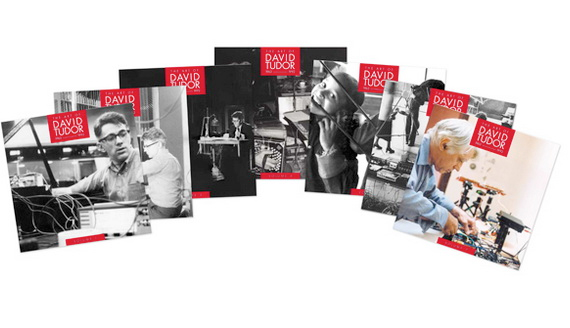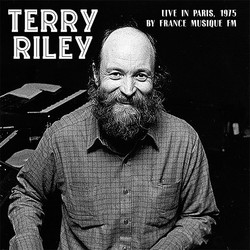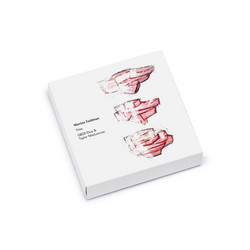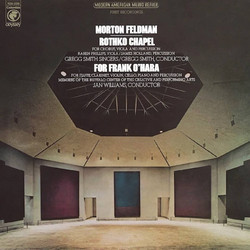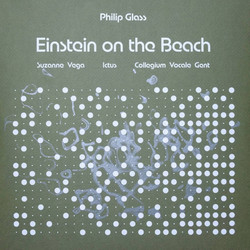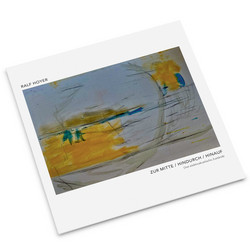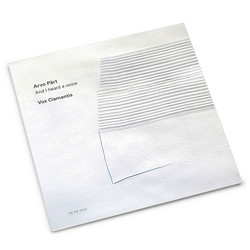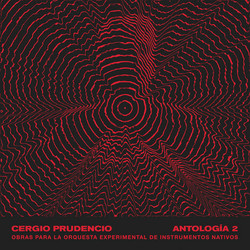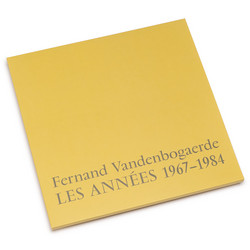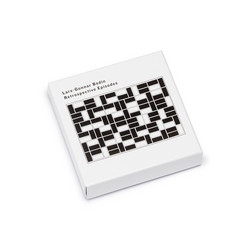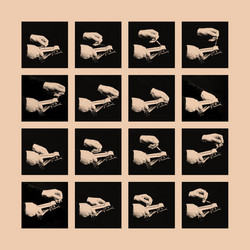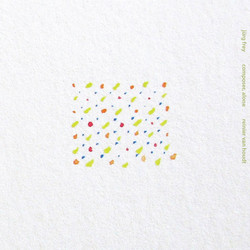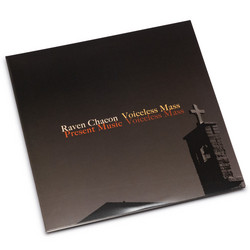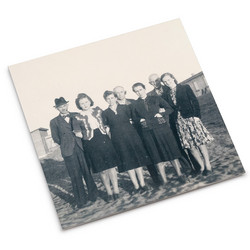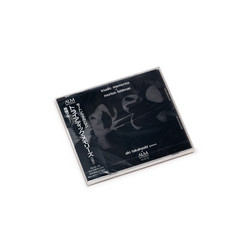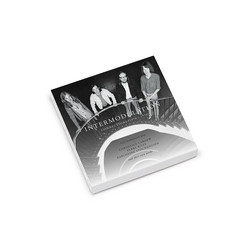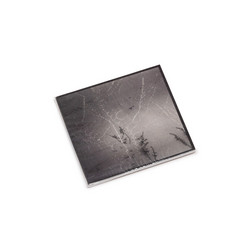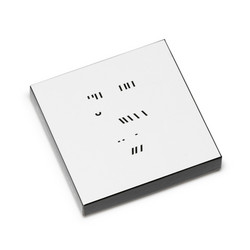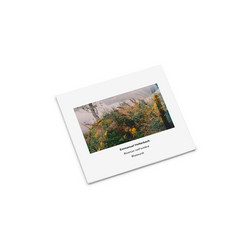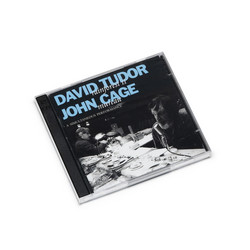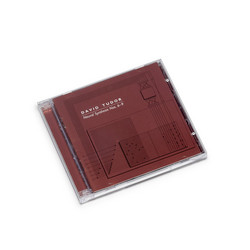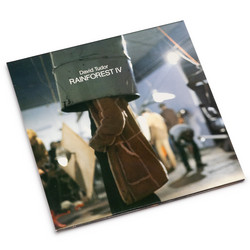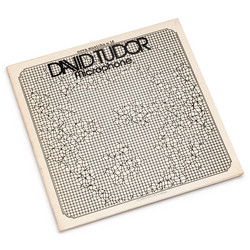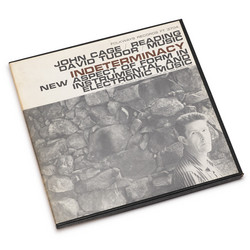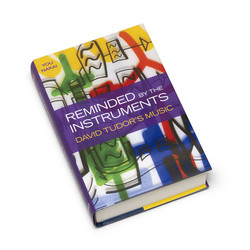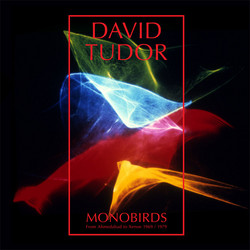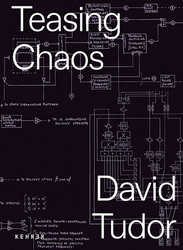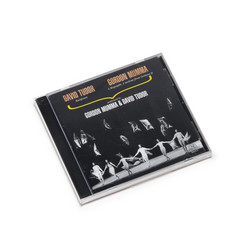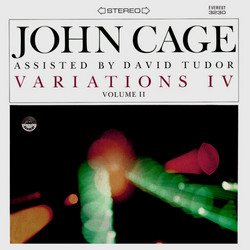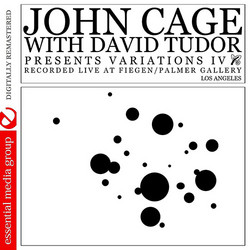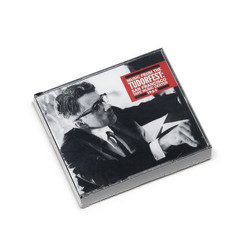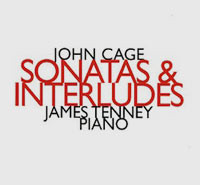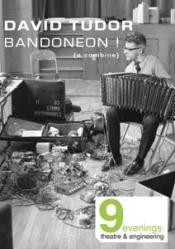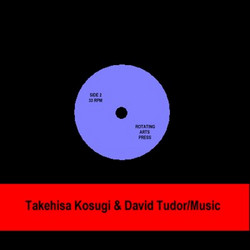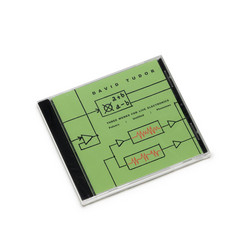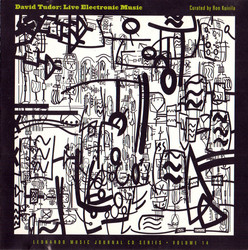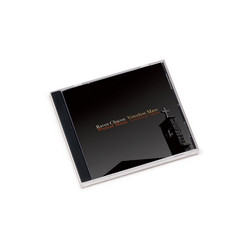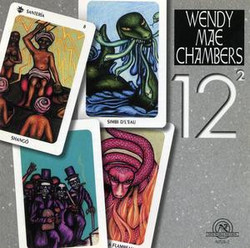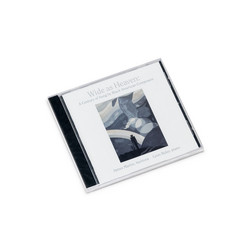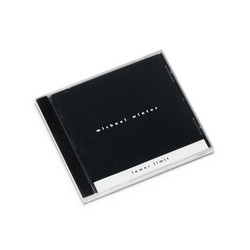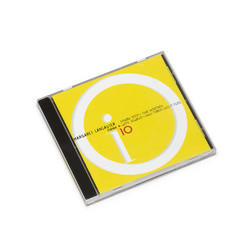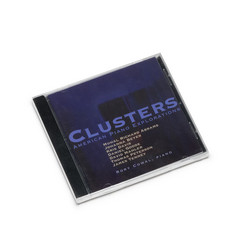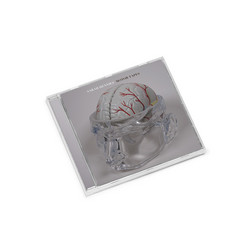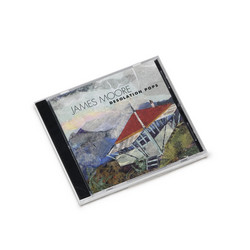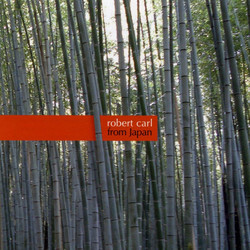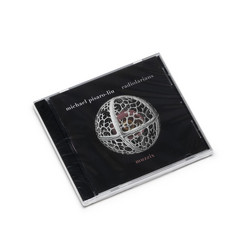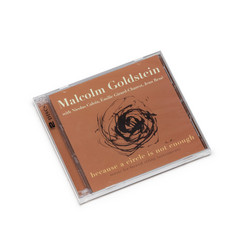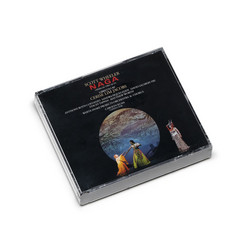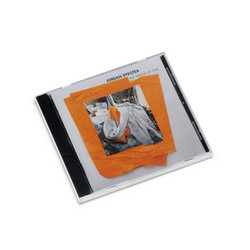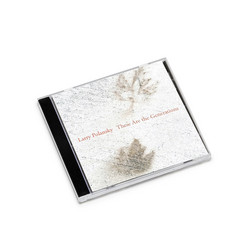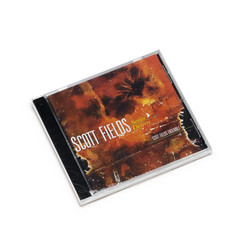David TudorFeaturing: Takehisa Kosugi
The Art Of David Tudor 1963-1992 (7CD Box)
Milestone release! David Tudor's (1926-1996) identity morphed seamlessly from interpreter of mainly acoustic music to composer-performer of predominately electronic music over a period of about ten years, from the mid-1950s to the mid-1960s. This set of seven CDs, the first truly comprehensive survey of Tudor's work as a composer, goes beyond any previous attempt to document that process of transformation. It captures his touch and sensitivity and offers an expansive, previously unavailable view onto more than three decades of Tudor's astonishingly original work as an electronic musician. It neatly describes the arc of his career, from his first composition, Bandoneon ! (A Combine), through the fully-realized works of his long collaboration with the Merce Cunningham Dance Company. Six works that were issued in excerpted form in Music for Merce (1952-2009) are issued here complete.
An anecdote from the 1950s has David Tudor preparing to perform the US premiere of Pierre Boulez’s extremely demanding Piano Sonata No 2 by teaching himself enough French to read some of the books which the composer had been reading while creating the piece: a personal act of immersion that involved works by Stephane Mallarmé and Antonin Artaud. Tudor also started meeting regularly with John Cage at around the same time. The result was a meshing of sensibilities that resulted in Cage dedicating his epic Concert For Piano And Orchestra to Tudor and the two of them collaborating on Cage’s first commercial LP release, Indeterminacy, for Moses Asch’s Folkways label.
This, for Tudor, was only a beginning, as an ambitious seven CD box set from New World Records, The Art Of David Tudor 1963–1992, reveals. “While Cage has finally more or less received his due,” New World’s Paul Tai explains, “Tudor’s own accomplishments have been somewhat overshadowed and are ripe for a proper re-evaluation. It is our hope that the release of this set will prompt a thorough reconsideration of his seminal achievements.” What emerges from this detailed retrospective is the portrait of a scrupulous and thorough performer pushing the compositional process beyond traditional notions of musicianship and into the terrain of live electronics, where his technical innovations using hardwired tabletop devices are yet to be fully appreciated. “Tudor is a character who is well known, legendary even, and yet only a few of his works are actually written about at any length,” remarks composer Matt Rogalsky, responsible for the comprehensive sleevenotes that accompany the release. “His role in influencing the careers of many other composers and artists – and of course the influence of other artists on his work – is barely beginning to be explored. Tudor’s very personal connection to his equipment, at least in the period when he was building and modifying a lot of devices, is an important precursor of the hardware hacking and circuit bending subcultures.” As the roles of performer, composer and technician started to converge over Tudor’s long career (he died in 1996 aged 70), what form did this connection take? “Tudor made meticulously measured and considered scores for many indeterminate works by others,” Rogalsky replies. “When he began making his own pieces, I have the impression that the fixed score became unnecessary since in effect the table of devices became the score, representing an enormous but finite set of possibilities. Time based strategies were still employed, but improvisation played a greater role – improvisation modulated by the frequently unpredictable nature of the instruments.” A box set of recordings may seem like an odd format for a musician who created very few works in the studio, however. “While the CD market overall is very much in decline,” Tai responds, “projects like this defy that trend, so it wasn’t much of a stretch to pursue it, especially given Tudor’s historical importance and the lack of a truly comprehensive survey of his work as a composer. The idea is to make this work accessible to the broader public and to scholars, with the proper contextual materials.” “This new collection was curated by Tudor’s colleagues with access to a wealth of high quality recordings so it’s unique in that respect,” Rogalsky adds. “The CD medium is already antiquated, but nevertheless it’s still a handy way to formally package up all these hours of music.” Making up those hours are some standout moments, such as Tudor’s live soundscapes for the Pepsi Pavilion at the 1970 Osaka World Expo, a simultaneous performance with John Cage of 62 Mesostics Re Merce Cunningham and Untitled in 1972 for Radio Bremen, which Rogalsky describes as “a marvel”, plus two extended binaural recordings of Rainforest IV, co-created with the group Composers Inside Electronics. “It was the social, collaborative process which to a large extent drove Tudor’s production: commissions from Merce Cunningham, invitations to co-perform with other artists, input from the large group of younger musician-artists,” Rogalsky concludes of a composer who seemed to exist exclusively in real time. “The pre-internet social network aspects are fascinating.” Ken Hollings (The Wire)
